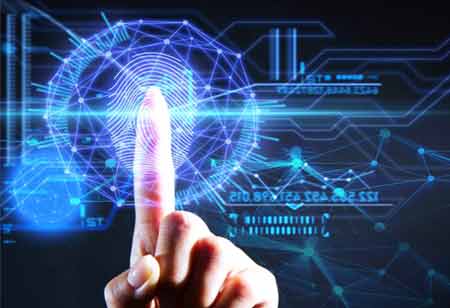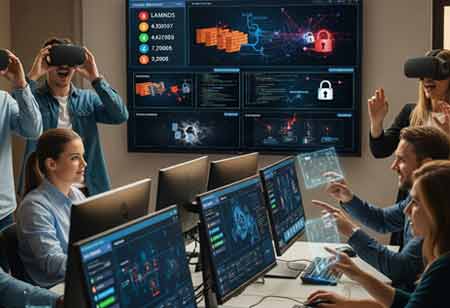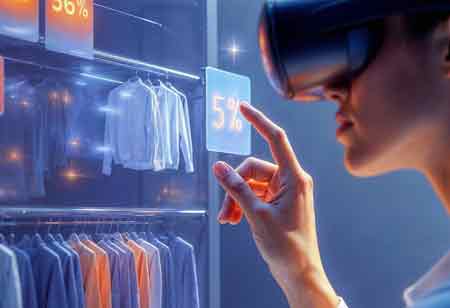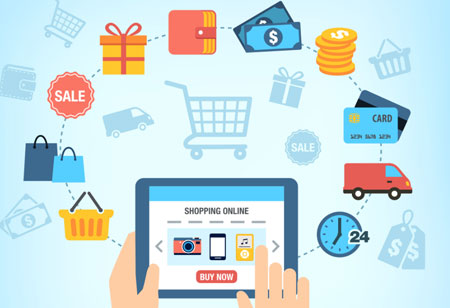THANK YOU FOR SUBSCRIBING
Understanding the Importance of Digital Twin Technology
A digital twin is a computer model of a physical object or system.

By
Apac CIOOutlook | Wednesday, March 09, 2022
Stay ahead of the industry with exclusive feature stories on the top companies, expert insights and the latest news delivered straight to your inbox. Subscribe today.
Data scientists and IT professionals can employ digital twins to run simulations before actual devices are manufactured and deployed. They're also redefining how technologies like the Internet of Things, artificial intelligence, and analytics are optimized.
Fremont, CA: A digital twin is a computer model of a physical object or system. Digital twin technology has expanded to cover huge buildings, industries, and even cities. In addition, some have suggested that individuals and processes have digital twins, further broadening the concept.
IoT and Digital Twins
The proliferation of IoT sensors is a factor in the development of digital twins. As IoT devices improve, digital-twin situations can incorporate smaller, less sophisticated products, providing enterprises with more benefits.
Based on variable data, digital twins can predict various outcomes. This is comparable to the run-the-simulation scenario, frequently shown in science-fiction films, and involves proving a conceivable event in a digital world. As a result, digital twins can often enhance an IoT deployment for optimal efficiency using additional software and data analytics and assist designers in determining where things should go or how they should operate before they are physically installed.
The better a digital twin can replicate a physical object, the more efficiency and benefits will likely be discovered. For example, in manufacturing, the more precisely instrumented items are, the more accurately digital twins can recreate how they have behaved through time, potentially assisting in predicting future performance and failure.
Key Advantages of Digital Twins
Digital twins provide a real-time view of physical assets' going on, which can significantly reduce maintenance costs. For example, Chevron hopes to save millions in maintenance costs by implementing digital twin technology in its oil fields and refineries. In addition, as part of their proposal, Siemens claims that digital twins may be used to model and prototype products that have not yet been produced.
But keep in mind that digital twins aren't always necessary and can add unnecessary complexity.





